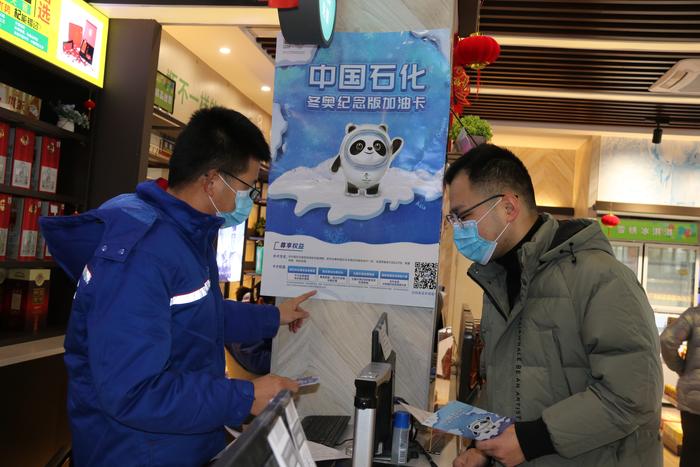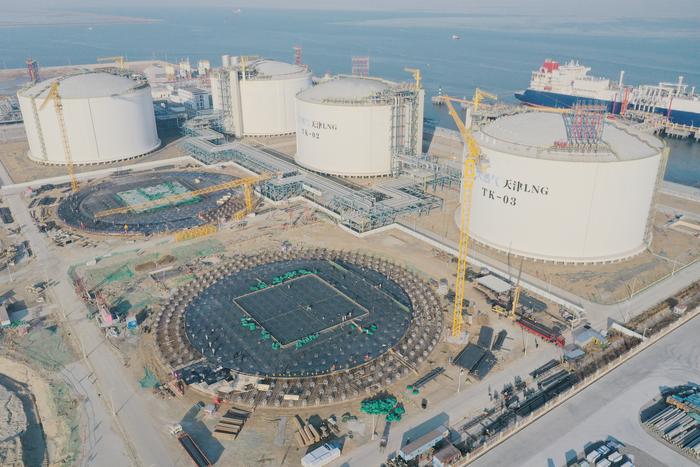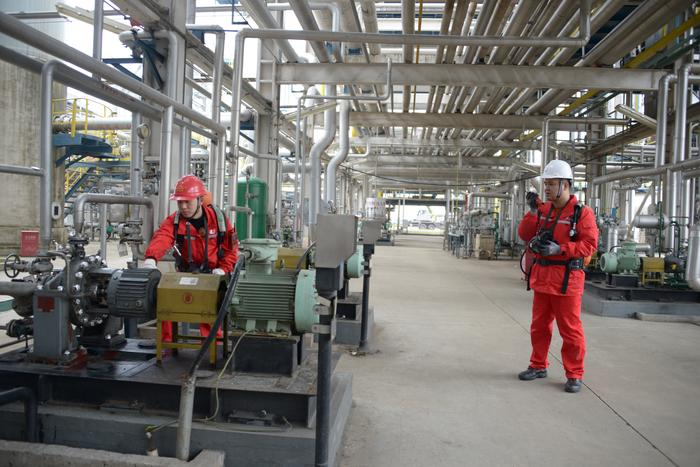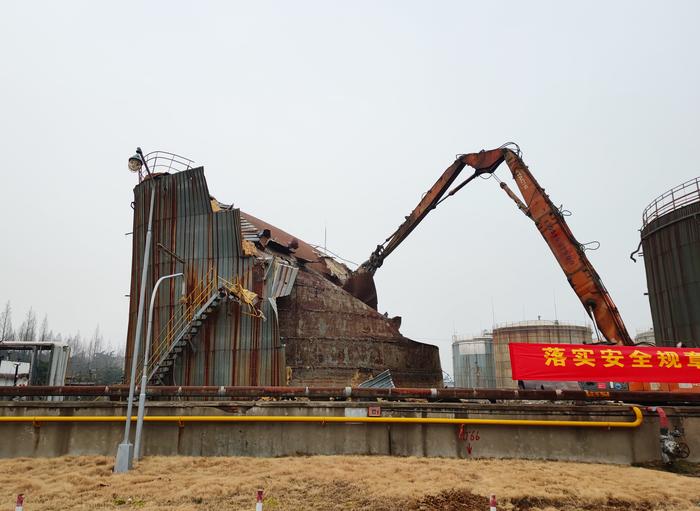|
| 2021-01-07 来源: 中国石化新闻网 |
| 石化新闻 |
中国石化新闻网讯 据1月6日Rigzone报道,由于新冠肺炎疫情蔓延导致更多的封锁措施实行,沙特阿拉伯承诺在2月和3月将原油日产量额外削减100万桶,随后,亚洲石油飙升至10个月高点后价格企稳。 纽约期货交易价格接近每桶50美元,周二上涨4.9%。欧佩克+在经过两天的谈判后达成了一项协议,在未来两个月内限制供应。作为欧佩克事实上的领导人,沙特阿拉伯此举为其他产油国保持供应稳定,以及俄罗斯和哈萨克斯坦在2月和3月将日产量合计提高7.5万桶铺平了道路。 俄罗斯副总理称,沙特做出这一承诺是送给石油市场的“新年礼物”。与此同时,为了遏制病毒感染病例激增,沙特出台了更多的居家政策和旅行限制措施。德国延长了封锁期限,日本报告了创纪录的每日病例数。 欧佩克+在决定如何逐月推进产出计划时,面临着复杂的需求前景。有迹象表明,全球经济部分领域正在复苏,上月美国制造业的一项指标以2018年以来最快的速度扩张,但其他似乎正在复苏的领域正在经历着动荡。高盛集团(Goldman Sachs Group Inc.)表示,沙特此举可能反映了对石油需求进一步走弱的预期。 华侨银行(Overseas Chinese Banking Corp.)的一位经济学家表示:“每天100万桶的额外减产无可挑剔,沙特正在努力保护这个脆弱的石油市场的平衡。” 在价格方面。截至伦敦时间上午7点48分,纽约商品交易所西德克萨斯中质原油2月份交割价格上涨0.1%,至每桶49.98美元。欧洲期货交易所3月份交割的布伦特原油价格上涨0.5%,至每桶53.86美元,周二收盘上涨4.9% 沙特的决定和油价的上涨可能会给美国页岩行业开始抢购市场份额的空间,尽管疫情带来的财务困难和投资者的悲观预期仍是障碍。加拿大皇家银行资本市场(RBC Capital Markets)首席大宗商品策略师Helima Croft表示,这对美国页岩油开采商来说是一份特别甜蜜的礼物。页岩油气股票随后飙升。 据知情人士透露,美国石油协会(American Petroleum Institute)报告称,美国原油库存上周减少166万桶,如果周三公布的官方数据证实了这一数据,这将是连续第四周下降。然而,API报告称,汽油和馏分油库存大幅飙升,这表明疫情正在抑制燃料需求。 石油期货曲线对沙特的举动做出了反应。布伦特原油现货溢价为0.13美元,周一为0.7美元。现货溢价指近期价格高于远期价格。这是一个看涨信号,表明市场对供需前景感到满意。 王佳晶 摘译自 Rigzone 原文如下: Oil Steadies After Surging on Surprise Saudi Cut Oil steadied in Asia after surging to a 10-month high on Saudi Arabia’s pledge to cut an extra 1 million barrels a day of crude output in February and March as a rampant coronavirus leads to more lockdowns. Futures in New York traded near $50 a barrel after jumping 4.9% on Tuesday. OPEC+ reached a deal following two days of talks to curb supply over the next two months. The move by Saudi Arabia, the group’s de-facto leader, paved the way for other producers to keep supplies steady and for Russia and Kazakhstan to lift output by a combined 75,000 barrels a day in both February and March. The kingdom’s pledge, which Russia’s deputy prime minister called a “new year gift” to the oil market, comes amid more stay-at-home orders and travel restrictions to rein in a surge of virus infections. Germany extended its lockdown, Japan reported a record number of daily cases and Dalian in China asked people more vulnerable to Covid-19 to leave the city amid an outbreak. OPEC+ faces a complex demand outlook as it decides how to move forward with its output plan month by month. There are indications that parts of the global economy are staging a comeback, with a gauge of U.S. manufacturing expanding last month at the fastest pace since 2018, but other areas that seemed to be recovering are wavering. Goldman Sachs Group Inc. said the Saudi move likely reflects expectations for oil demand to weaken further. “The 1 million barrel per day reduction is nothing to scoff at and it will tip the market back into a supply deficit for the first quarter at least, even if demand is set to dip slightly on the new virus strain,” said Howie Lee, an economist at Oversea-Chinese Banking Corp. “The message is now loud and clear that Saudi Arabia is there to guard the fragile equilibrium in this market.” Prices West Texas Intermediate for February delivery added 0.1% to $49.98 a barrel on the New York Mercantile Exchange as of 7:48 a.m. in London Brent for March settlement rose 0.5% to $53.86 on the ICE Futures Europe exchange after closing up 4.9% on Tuesday The Saudi decision and the rally in prices may give the U.S. shale industry some room to begin snapping up market share, though financial hardships from the pandemic and investor expectations remain obstacles. It’s an especially sweet gift for U.S. shale drillers, said Helima Croft, chief commodities strategist at RBC Capital Markets. Shale stocks subsequently surged. The American Petroleum Institute reported that U.S. crude inventories fell by 1.66 million barrels last week, according to people familiar with the data, which would be the fourth straight weekly drop if confirmed by official figures due Wednesday. The API reported sharp jumps in gasoline and distillates stockpiles, however, a sign the virus is damping demand for fuel. The oil futures curve reacted to the Saudi move. Brent’s prompt timespread was 13 cents in backwardation -- where near-dated prices are more expensive than later-dated ones -- compared with a 7-cent contango on Monday. That’s a bullish signal that the market is comfortable with the supply-demand outlook. |








